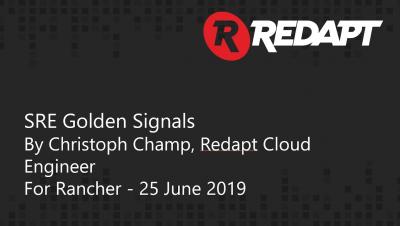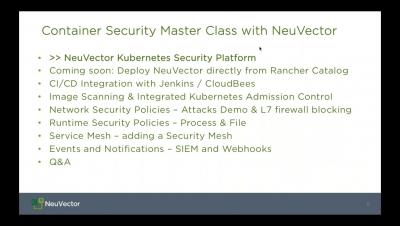Operations | Monitoring | ITSM | DevOps | Cloud
June 2019
Announcing Preview Support for Istio
Today we are announcing support for Istio with Rancher 2.3 in Preview mode. Istio, and service mesh generally, has developed a huge amount of excitement in the Kubernetes ecosystem. Istio promises to add fault tolerance, canary rollouts, A/B testing, monitoring and metrics, tracing and observability, and authentication and authorization, eliminating the need for developers to instrument or write specific code to enable these capabilities.
Kubernetes: Tackling Resource Consumption
This is the third of a series of three articles focusing on Kubernetes security: the outside attack, the inside attack, and dealing with resource consumption or noisy neighbors. A concern for many administrators setting up a multi-tenant Kubernetes cluster is how to prevent a co-tenant from becoming a “noisy neighbor,” one who monopolizes CPU, memory, storage and other resources.
Manual Rotation of Certificates in Rancher Kubernetes Clusters
Kubernetes clusters use multiple certificates to provide both encryption of traffic to the Kubernetes components as well as authentication of these requests. These certificates are auto-generated for clusters launched by Rancher and also clusters launched by the Rancher Kubernetes Engine (RKE) CLI.
June 2019 Online Meetup: Introducing Rio -- A MicroPaas for Kubernetes
Kubernetes Master Class: How to Secure Production Kubernetes and Service Mesh Workloads on Rancher
Production-Grade Ingress Solution Using Citrix and Rancher
This post outlines how to build a production-grade ingress solution using Citrix ADC on Rancher. Customers can confidently expose end user traffic to microservices or legacy workloads on Kubernetes clusters on Rancher using this solution.








